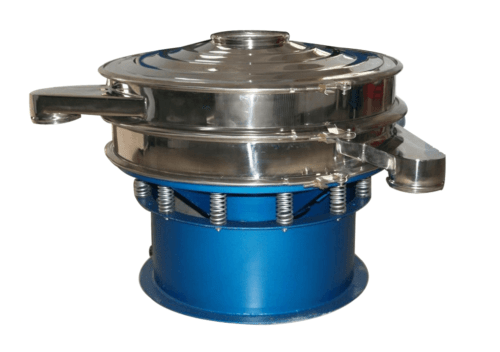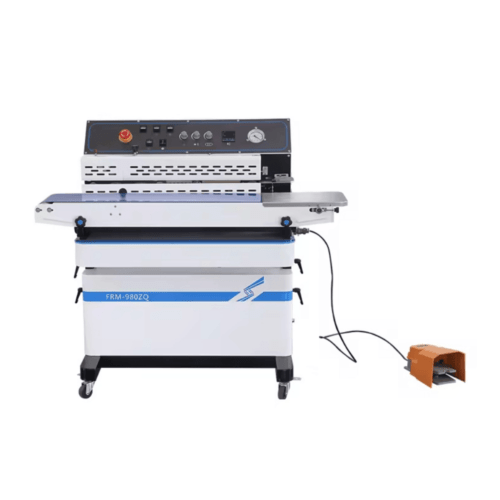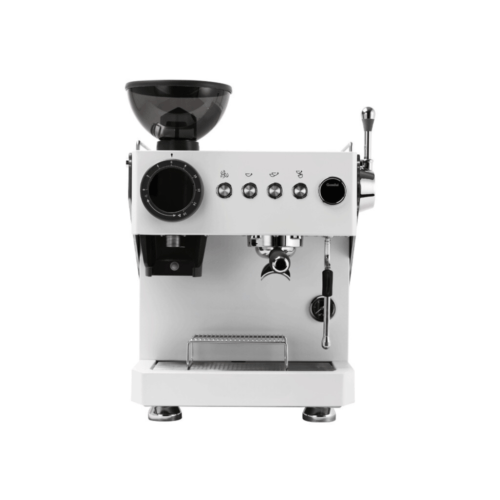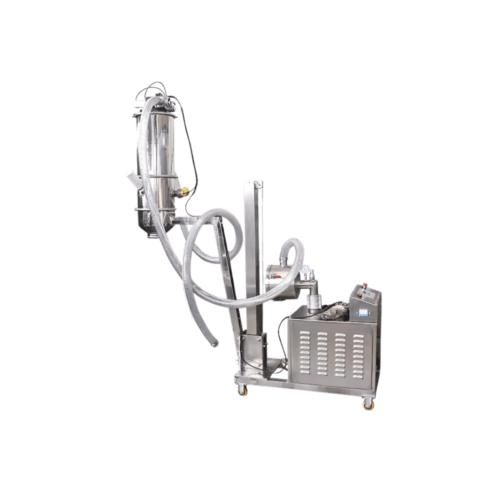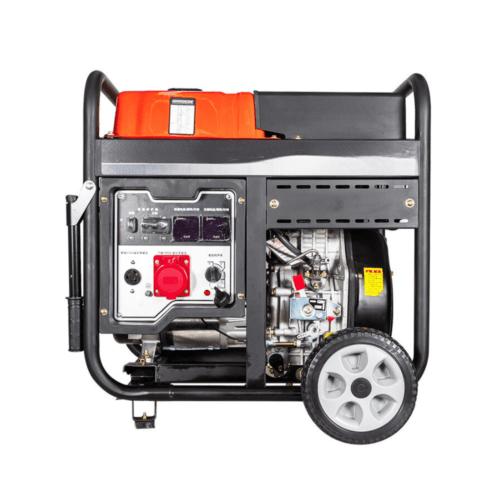Introduction
Potassium chloride (KCL) is a crucial compound used across various industries, including agriculture, pharmaceuticals, and chemical manufacturing. High-purity KCL is essential for ensuring product quality, process efficiency, and regulatory compliance. However, achieving consistent purity levels requires an effective screening process to eliminate impurities, undersized particles, and contaminants.
Traditional screening methods often fall short in maintaining the required precision, leading to inconsistencies in particle size and purity. Factors such as clogging, uneven material flow, and inefficient separation can hinder the screening process. As a result, industries seek advanced solutions that offer both accuracy and efficiency.

Vibrating sieve technology has revolutionized KCL screening by providing high-precision separation with minimal material loss. By utilizing controlled vibrations, these sieves enhance material movement, ensuring thorough and uniform screening. This technology not only increases efficiency but also reduces waste, making it an ideal choice for large-scale KCL production.
How Vibrating Sieve Optimizes KCL Screening
Precision Screening for Consistent Particle Size and Purity
A vibrating sieve operates with a fine mesh that allows only KCL particles of the desired size to pass through while filtering out unwanted contaminants. The controlled vibrations prevent particle agglomeration and ensure a uniform separation process. This precision is crucial in industries such as pharmaceuticals and food processing, where even minor impurities can affect the final product’s quality.
High-Frequency Vibration for Improved Material Flow
One of the significant advantages of vibrating sieves is their ability to maintain a continuous and smooth material flow. High-frequency vibrations reduce friction between particles, preventing blockages and ensuring a steady throughput. This feature is particularly beneficial in bulk material processing, where maintaining efficiency is paramount to meeting production demands.

Reducing Contamination and Waste in KCL Processing
Vibrating sieves help minimize contamination by efficiently separating foreign particles, dust, and oversized material from the KCL batch. Additionally, by ensuring that only the required particle size is processed further, waste is significantly reduced. This results in cost savings and enhanced sustainability in manufacturing operations.
Key Advantages of Using Vibrating Sieve for KCL
Enhanced Efficiency with Automated Screening Processes
Automation plays a pivotal role in modern manufacturing, and vibrating sieves integrate seamlessly into automated screening systems. Their ability to operate continuously with minimal human intervention increases productivity and reduces operational downtime. This automation ensures a consistent output, maintaining quality across large production batches.
Cost-Effective Solution for Large-Scale KCL Production
Investing in a vibrating sieve system is a cost-efficient choice for manufacturers dealing with large volumes of KCL. The improved screening efficiency translates to higher yield rates, reducing material wastage and optimizing resource utilization. Over time, this investment pays off by lowering overall production costs while ensuring premium-quality output.

Minimal Maintenance and Long-Term Operational Benefits
Vibrating sieves are designed for durability and require minimal maintenance. Their robust construction, coupled with self-cleaning mechanisms, reduces wear and tear, ensuring a long operational lifespan. With fewer maintenance requirements, manufacturers can focus on optimizing their production cycles without frequent interruptions.
Choosing the Right Vibrating Sieve for KCL Processing
Factors to Consider When Selecting a Vibrating Sieve
Selecting the right vibrating sieve involves evaluating factors such as processing capacity, material compatibility, and operational efficiency. It is essential to choose a model that aligns with production needs while ensuring seamless integration with existing processing systems.
Mesh Size and Material Compatibility for Optimal Results
The mesh size of the vibrating sieve directly impacts the screening efficiency. A finer mesh ensures higher purity but may require more frequent cleaning to prevent clogging. Additionally, the sieve material must be resistant to corrosion and abrasion to withstand continuous KCL screening without degradation.
Customization Options to Meet Specific Production Needs
Many vibrating sieve manufacturers offer customization options, allowing businesses to tailor the equipment to their precise requirements. Adjustable vibration settings, interchangeable mesh screens, and modular designs enable manufacturers to optimize their screening processes for different KCL grades and production scales.

Conclusion
The integration of vibrating sieve technology in KCL processing has significantly improved screening accuracy, efficiency, and overall product quality. By ensuring consistent particle size and purity, this technology meets the stringent requirements of various industries, enhancing their production capabilities.
Investing in a high-quality vibrating sieve not only boosts productivity but also reduces material waste and operational costs. As industries continue to demand higher purity levels and streamlined processes, upgrading to an advanced vibrating sieve system becomes a strategic move toward achieving optimal production outcomes.
Manufacturers looking to enhance their KCL screening efficiency should explore the latest advancements in vibrating sieve technology. Implementing these solutions can pave the way for improved operational efficiency, cost savings, and superior product quality in the long run.

